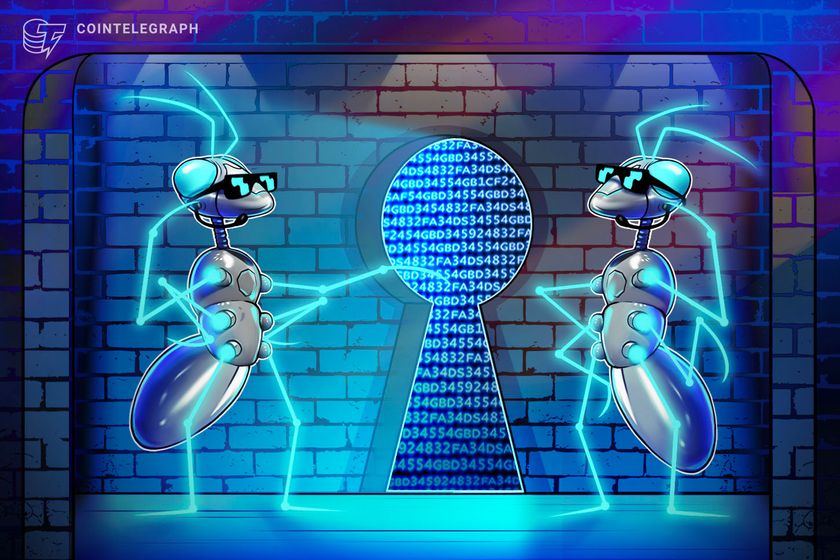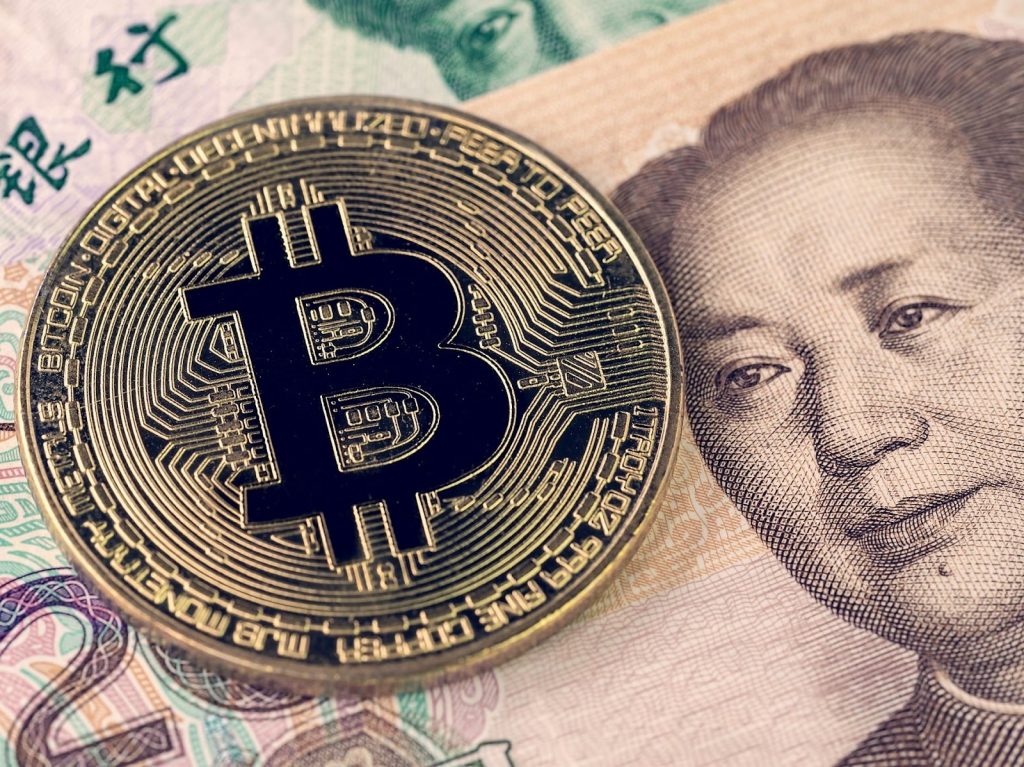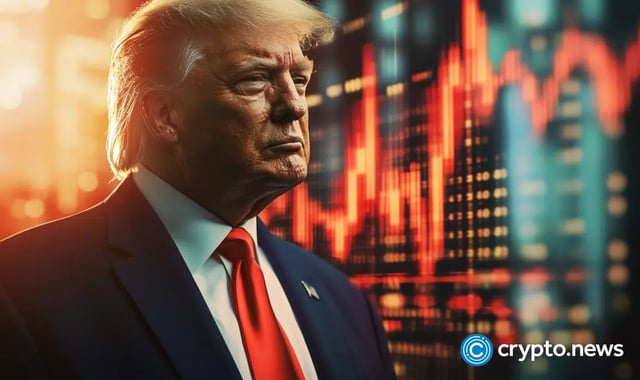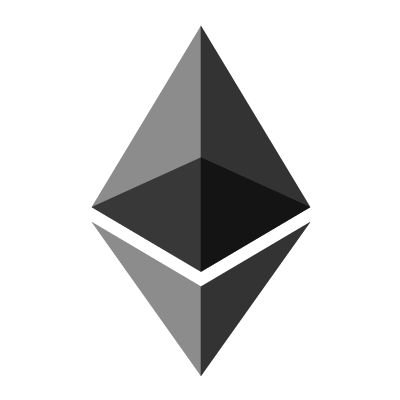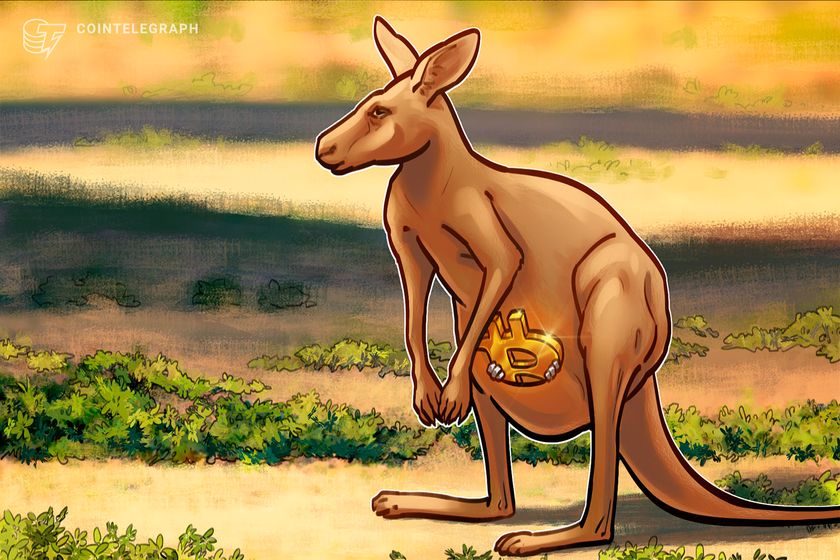Key takeawaysBitcoin is legal in Australia and is regulated by AUSTRAC and the Australian Taxation Office (ATO). You can buy Bitcoin on various platforms, including centralized exchanges, decentralized exchanges (DEXs), P2P platforms and Bitcoin ATMsPayment options are diverse, including credit cards, debit cards, bank transfers and fiat cash deposits at ATMsStore your Bitcoin securely and opt for cold wallets, which protect you better than custodial wallets from crypto exchanges. Bitcoin adoption continues to grow. More and more Australians are discovering the cryptocurrency as an investment vehicle, with ownership rising from 23% in 2023 to 32.5% in 2025, an impressive 41.3% increase. Because there are several platforms to choose from, buying Bitcoin is low-threshold and secure. This article covers several methods and describes the steps to safely start investing in Bitcoin. Is Bitcoin legal in Australia?Yes, Bitcoin is legal in Australia, but it’s not considered a legal tender. The local government considers owning cryptocurrencies like Bitcoin (BTC) as property. Any profit you might make from Bitcoin is subject to capital gains tax (CGT), with Australian Transaction Reports and Analysis Centre (AUSTRAC) ensuring AML and CTF compliance.Of course, there are also various regulatory requirements to abide by. AUSTRAC requires cryptocurrency companies to comply with Anti-Money Laundering (AML) and counter-terrorism-financing (CTF) regulations. This framework aims to protect Australian investors by safeguarding the crypto market against financial crime.A significant update in 2025 requires major crypto platforms to obtain an Australian Financial Services License (AFSL) for enhanced consumer protection, as outlined in government proposals.Did you know? Some Australian exchanges offer instant verification, allowing you to start trading Bitcoin within minutes.Prerequisites to buying Bitcoin in AustraliaBefore buying Bitcoin in Australia, it is essential to prepare properly. To get you started, here are some points of interest: Understand the legal landscape: Bitcoin is legal and regulated in Australia by AUSTRAC, but it is not a legal tender. You can safely deal with cryptocurrencies because the government minimizes risks such as money laundering. Platforms to buy Bitcoin in Australia: If you want to buy Bitcoin or other crypto assets in Australia, use a reliable platform. Choose CoinSpot, Swyftx or Binance. These exchanges comply with local regulations, allowing you to trade safely. Of course, don’t forget to complete your KYC verification. Please note that Binance offers spot trading only, as its derivatives license was canceled in 2023.Set up a non-custodial wallet for self-custody: Choose a non-custodial wallet, such as Trust Wallet or Exodus. This allows you to keep control of your private keys. If you go for long-term storage of your coins, always choose a cold wallet that stores your assets offline. Payment methods and fees: The fastest and safest way is to initiate transactions with a reliable payment method, such as bank transfer, credit card or PayID. Always check the associated transaction fees so you don’t incur unexpected (sometimes high) fees. Secure your investment: Take precautions for your security, too. Enable two-factor authentication (2FA) on your accounts and back up private keys regularly. Ensure your platform offers strong security features such as encryption and cold storage.How to buy Bitcoin in Australia on a centralized exchangeWant to buy Bitcoin through a central exchange, such as CoinSpot? You can do this easily and quickly:Step 1: Create an account. Sign up to CoinSpot with your email address and a secure password. Go through the KYC process with ID verification and get started. As of 2025, CoinSpot complies with AUSTRAC regulations and the new AFSL requirement, ensuring enhanced consumer protection. Step 2: Add a payment method. Link a payment method, such as bank transfer, debit card or Australian-only PayID. CoinSpot supports low-fee options like bank transfers (free via POLi) and PayID, while credit/debit card transactions may incur fees up to 2.58%, so review these costs upfront.Step 3: Navigate to the Bitcoin purchase section. Go to “Buy/Sell” on CoinSpot’s website or in the app and select Bitcoin from the list of over 350 supported cryptocurrencies. Step 4: Enter the amount. Enter how much Bitcoin you want to buy in AUD. The platform will display how much Bitcoin you are buying based on the current exchange rate.Step 5: Check the transaction. Check the details, including fees, before confirming the purchase.Step 6: Confirm and complete the purchase. Click “Buy Now” to complete the transaction. The Bitcoin you bought will appear immediately in your CoinSpot wallet. For added security, you could consider transferring your BTC to a non-custodial wallet like Exodus after purchase to retain full control over your private keys.This efficient process makes Bitcoin accessible to beginners and experienced users, all in a secure, regulated environment. How to buy Bitcoin in Australia using a non-custodial walletNon-custodial wallets give you full control over your Bitcoin. If you want to know how to buy Bitcoin with your Trust Wallet, go through the steps below:Step 1: Set up a Trust Wallet. Download Trust Wallet from the App Store or Google Play. Create a wallet, set a secure password and write down the 12-word recovery phrase.Step 2: Link a payment method. Link a payment method, such as a debit card or bank transfer, via MoonPay or Simplex. Use a service that supports Trust Wallet in Australia.Step 3: Select Bitcoin and start the purchase. Tap “Buy” on Trust Wallet, select Bitcoin (BTC) and enter the amount in AUD. Review the transaction details before finalizing the purchase.Step 4: Confirm and complete the transaction. After confirming the payment details, tap “Confirm” to complete the purchase. The Bitcoin will appear in your Trust Wallet as soon as it is finalized.Use a non-voluntary wallet to always have your Bitcoin in your possession and optimize privacy and security. How to buy Bitcoin in Australia on a decentralized exchange (DEX)Buying Bitcoin on a DEX, such as Uniswap, gives you complete freedom over managing your assets. Here’s how to buy Bitcoin through a DEX: Step 1: Set up a crypto wallet. Download MetaMask and create a wallet. Save the 12-word recovery phrase and put ETH in your wallet to cover transaction costs. Step 2: Connect to the DEX (Uniswap). Visit the Uniswap website and click on “Connect Wallet.” Choose MetaMask or WalletConnect for mobile users.Step 3: Select Bitcoin to buy. Select ETH as the token to exchange and Wrapped Bitcoin (WBTC) as the token to purchase. Step 4: Review and approve the transaction. Check the details, including the ETH amount and WBTC to be received, and confirm the transaction.Step 5: Confirm and complete the purchase. Once you have confirmed everything, the transaction will be processed on the Ethereum blockchain. Your WBTC will appear in your MetaMask wallet.Using a DEX ensures you maintain control over your private keys while enjoying a decentralized trading experience.Did you know? Bitcoin adoption in Australia has been rising recently, leading many Australians to deploy cryptocurrency to diversify their investment portfolios. How to buy Bitcoin in Australia via P2P platformsIn Australia, you have peer-to-peer (P2P) cryptocurrency platforms such as Binance P2P to buy Bitcoin directly from other users, offering flexibility and privacy. Here’s how you can buy Bitcoin on P2P platforms:Step 1: Create an account. Sign up and complete the KYC verification. Have your ID ready and verify your contact details during the process. Notably, Binance P2P, registered with AUSTRAC, ensures compliance with AML/CTF regulations, making it a reliable choice for Australians.Step 2: Search for Bitcoin offers. Browse available offers, filtering by payment method (e.g., bank transfer, PayID), price or seller reputation. Prioritize sellers with high feedback scores (e.g., 95%+ positive ratings) and a history of 100+ completed trades for trustworthiness. Binance P2P displays these metrics clearly. As of 2025, Binance P2P supports over 31 fiat currencies and 700+ payment methods globally, tailoring offers to Australian users.Step 3: Start a trade. Select the amount of Bitcoin or fiat currency you want to trade and click “Buy.”Step 4: Make the Payment. Pay via bank transfer, PayID or another accepted payment method. The platform holds the Bitcoin in escrow until the payment is confirmed. Notably, PayID transactions are instant and free on Binance P2P, while bank transfers may take 1-2 hours. Confirm receipt with the seller via the platform’s messaging system to avoid delays.Step 5: Receive your Bitcoin: Once the seller verifies your payment, the escrowed Bitcoin is released to your P2P wallet (e.g., Binance wallet). This typically happens within minutes for instant methods like PayID. For maximum security, you could immediately transfer your BTC to a non-custodial wallet like Trust Wallet or a hardware wallet like Ledger. P2P platforms aren’t designed for long-term storage. This P2P process offers a direct, flexible way to buy Bitcoin, with Binance P2P standing out in 2025 for its robust escrow system and wide payment options. Always double-check seller credibility and avoid off-platform payments to mitigate risks, aligning with best practices for P2P trading.How to buy Bitcoin in Australia using Bitcoin ATMsBy using a Bitcoin ATM, you can buy Bitcoin quickly and easily. This is how:Step 1: Find a Bitcoin ATM. Search for Bitcoin ATMs with CoinATMRadar. These machines are usually found in shopping centers in major Australian cities.Step 2: Verify your identity. Most ATMs require a government-issued ID, such as a driver’s license or passport.Step 3: Start the transaction. Select “Buy Bitcoin” and enter the amount you want to purchase in AUD or Bitcoin.Step 4: Enter your wallet address. Scan the QR code of your Bitcoin wallet to enter the address so you can receive Bitcoin.Step 5: Deposit the money. Deposit the money in the ATM to complete the transaction.Step 6: Confirm and complete. Check the transaction and confirm the purchase. The Bitcoin will arrive in your wallet after processing.Quick checklist for Bitcoin ATM use in AustraliaLocate a verified ATM via CoinATMRadar.Bring a pre-set wallet QR code and ID.Compare fees/rates to online alternatives.Use in a safe, public location.Confirm receipt and track the transaction.Avoid unofficial QR codes or support contacts.Start with a small test transaction.How to buy Bitcoin ETFs in AustraliaBuying Bitcoin ETFs in Australia is straightforward. Just follow these steps:Step 1: Choose a brokerage platform. Open an account with a brokerage that offers Bitcoin ETFs on the ASX. Make sure it complies with Australian financial regulations.Step 2: Complete KYC verification. Submit proof of identity and proof of address for verification.Step 3: Deposit funds. Transfer funds to your account using secure methods, such as bank transfer.Step 4: Search for Bitcoin ETFs. Use the platform’s search function to find Bitcoin ETFs, such as VanEck Bitcoin ETF (VBTC) or Global X 21Shares Bitcoin ETF (EBTC).Step 5: Place your order. Choose the number of units you want to buy and select a market or limit order.Step 6: Confirm the purchase. Check and confirm the transaction. The ETF units will be added to your portfolio after the transaction has been completed.Did you know: Bitcoin ETFs in Australia are scrutinized by ASIC and ASX to ensure high transparency and investor protection.Best practices for buying Bitcoin in AustraliaStore your Bitcoin securely after purchase using a reputable platform that complies with ASIC and AUSTRAC regulations. Ensure you have a secure internet connection and enable two-factor authentication (2FA). Choose cost-effective payment methods such as bank transfers instead of credit cards. After you have purchased the Bitcoin, move it to an unsecured wallet to have complete control over your private keys. Use a cold wallet for maximum security. Stay up to date on market trends, tax obligations, and changes in regulations to protect your investments. The crypto landscape evolves rapidly, and keeping up to date will help you make better investment decisions while ensuring compliance with Australian laws.

